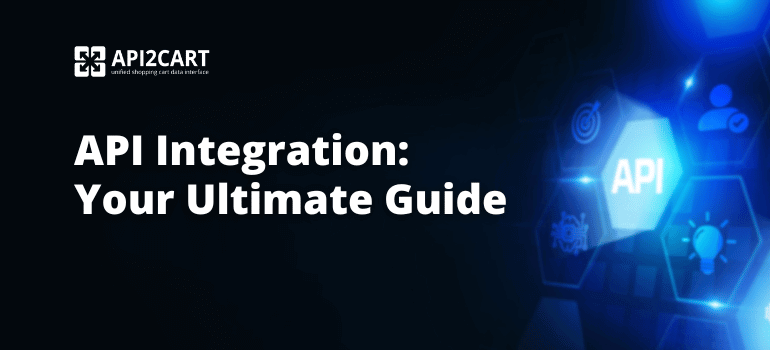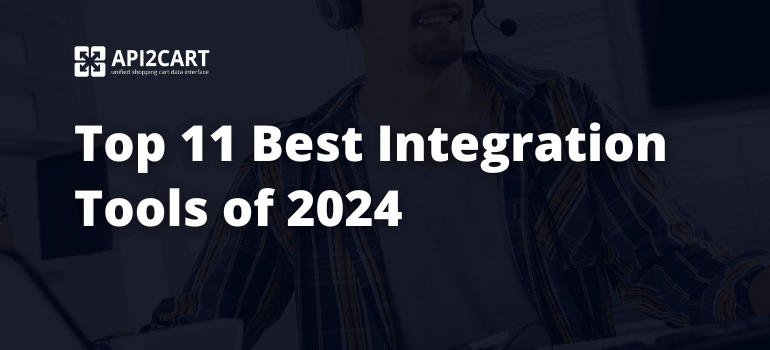
Multichannel eCommerce is a necessity today. Many online businesses typically sell on two to three platforms. Amazon is popular because of its sheer reach. However, the lack of absolute control and the high level of competition here has meant that owning your own store on a platform like Shopify is essential too. In addition to this, businesses also sell on social media platforms like Facebook.
This strategy presents eCommerce sellers with a few challenges. Order and inventory management on each of the channels can become tricky to manage. This is especially true if you have multiple suppliers for your products. Furthermore, if your customers are located across different geographies, and you have multiple warehouses you ship from, then handling demand forecasting for each of these warehouses and aggregating the demand at the supplier end can be quite tricky.
One of the best ways to synchronize order and demand management across these multiple channels is through backend integration. Without proper integration, your business may need to keep your stocks separate for each of your sales channels.
This is inefficient since even if you face a stock-out on one channel, you may be unable to fulfill the order from stocks allocated to another channel. This requires businesses to hold more inventory. With integration, your business may be able to scale up fulfillment across multiple channels while maintaining a lean back-end.
To understand how such an integration could be effected, let us take the example of a business selling t-shirts online on Amazon and on their own Shopify store. To complicate it further, let us assume that the store sources certain SKUs from a dropshipper in China while the others are manufactured and stocked in two warehouses in China and the US. Customers are located in the US and each time your stock drops by a certain threshold in the American warehouse, you ship a new batch from China to the US. Dropshipped products are however passed directly to the supplier who takes care of fulfillment.
The supply chain back-end works something like this in this case: when a new order is placed, the system checks for product availability in the American warehouse and confirms the order. This triggers a sequence of events - firstly, the order details are passed to the warehouse to process shipment. This could include the channel details as well since your business may package your product differently for your various channels.
Once the product shipment is confirmed, your system should update the relevant inventory stock details in the back-end. If your inventory stock drops below the threshold, the system must also send a notification to the Chinese warehouse. In the case of dropshipping, the order is passed to the supplier and other details like the channel is stored separately in the backend for the sake of analytics and other market research purposes.
This process can be made seamless with the help of API integrations. In the example above, an in-house web or mobile app may be used to input inventory levels of various SKUs in the warehouses. This app may then be connected to your Shopify and Amazon accounts with the help of APIs. Shopify has an in-built feature called Oberlo to connect orders with dropshipping suppliers. Consequently, the inventory levels of these orders can be passed on directly to the suppliers without having to be managed with your web app.
Thanks to integration, your store does not have to manage orders from Amazon and Shopify separately. Regardless of where a customer places their order from, you may still be able to process it from the same warehouse. Also, since the synchronization of inventory levels is near real-time, the displayed stock count across Amazon, Shopify or other platforms is instantly updated making sure that customer experience is not affected.
Triggering stock replenishment is another huge advantage of such an integration. Your warehouse in China could get automated alerts for replenishment. Also, when the inventory levels in this warehouse get below a threshold, your API integration could alert your manufacturers to ship another batch.
While such a system truly optimizes the entire supply chain of your business, it is not without its share of challenges. One of the biggest issues is implementation. Your in-house web app needs to connect with not just the Amazon and Shopify account, but also with the warehouse alert systems. Not only does this call for lengthy development times, your system could potentially break any time one of these several API systems break. For instance, if the Amazon API fails, then not only could this prevent a customer order from going through, but could also fail to keep the new inventory levels updated across all your stores. In other words, one slip-up could put your entire supply-chain in jeopardy.
This could be avoided by unifying all your shopping cart integration systems with API2Cart. A tool like API2Cart offers one API to connect with all your shopping carts including Magento, WooCommerce, Prestashop, Amazon, eBay, Etsy, and many more. This presents your organization with a few benefits.
The first advantage is definitely the time saved through this approach. Developing and maintaining each of your integrations, not to mention the routine updates necessary to keep your systems integrated can consume a lot of time. Using one master API to connect to all your various carts is thus seamless and efficient. This is especially critical if your web development is outsourced. The costs to integrate with a tool like API2Cart is much cheaper than investing resources on connecting each cart manually.
Most importantly however, this model enables your business to be lean and agile even as you scale up. Launching new SKUs, partnering with new suppliers, opening new warehouses, and launching your store on many more channels can be extremely time-consuming and expensive. Using a third-party integration system, scaling up can happen with just a few clicks.
Multichannel fulfillment can be an extremely resource-intensive project that cannot happen seamlessly without a fluid backend integration system. This article helps businesses facing inefficiencies and those looking to expand, to optimize their resources through tech integrations that can speed up deployment and bring down friction in the process at the same time.
About the Author: Anand Srinivasan, founder of Hubbion.



